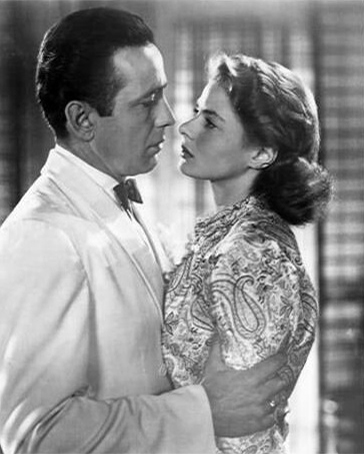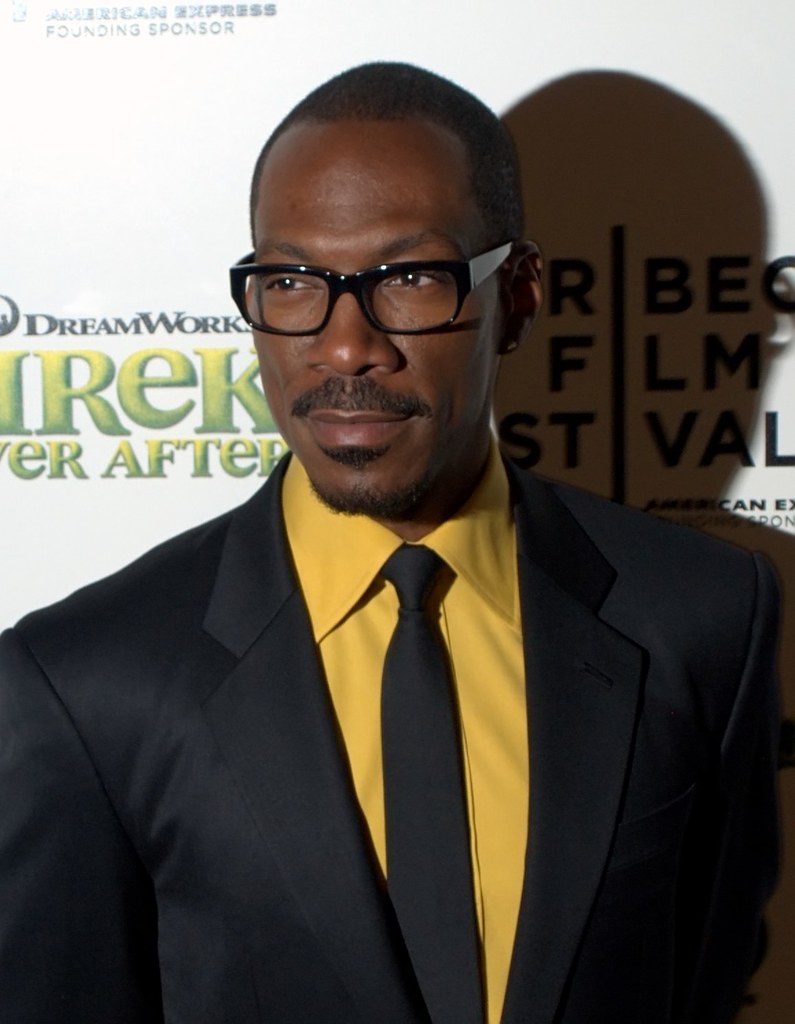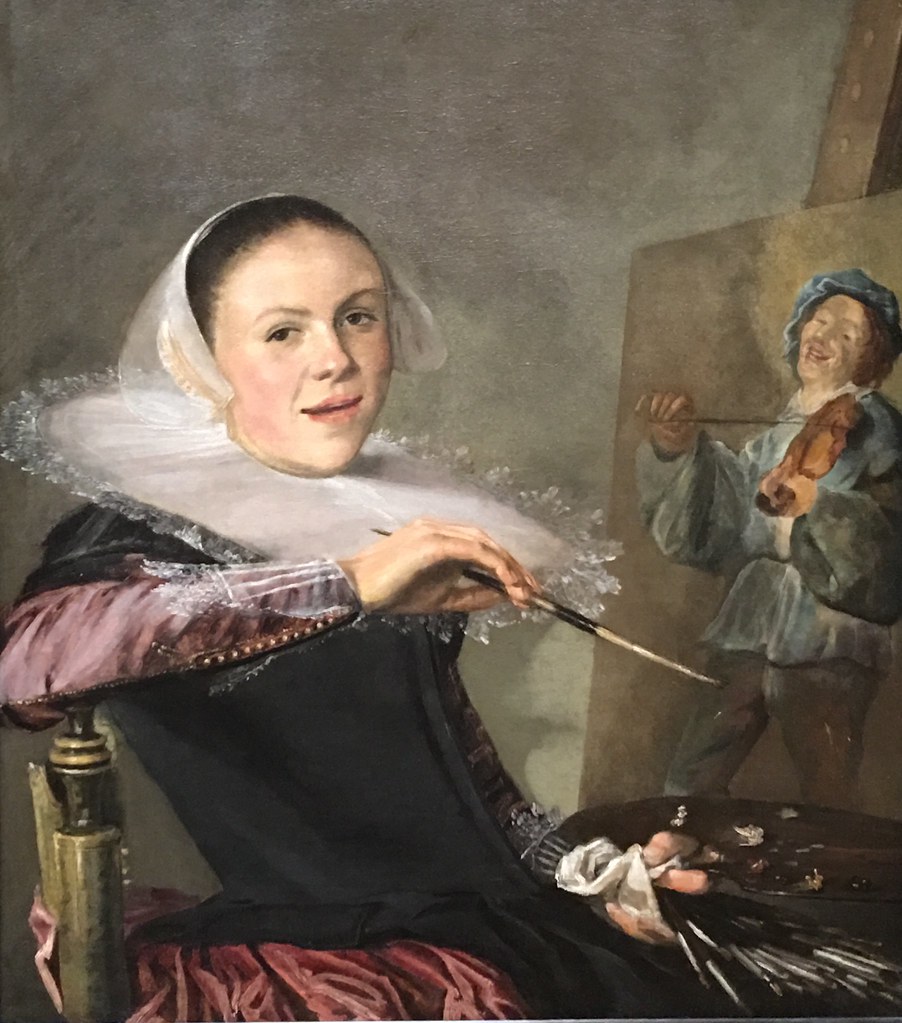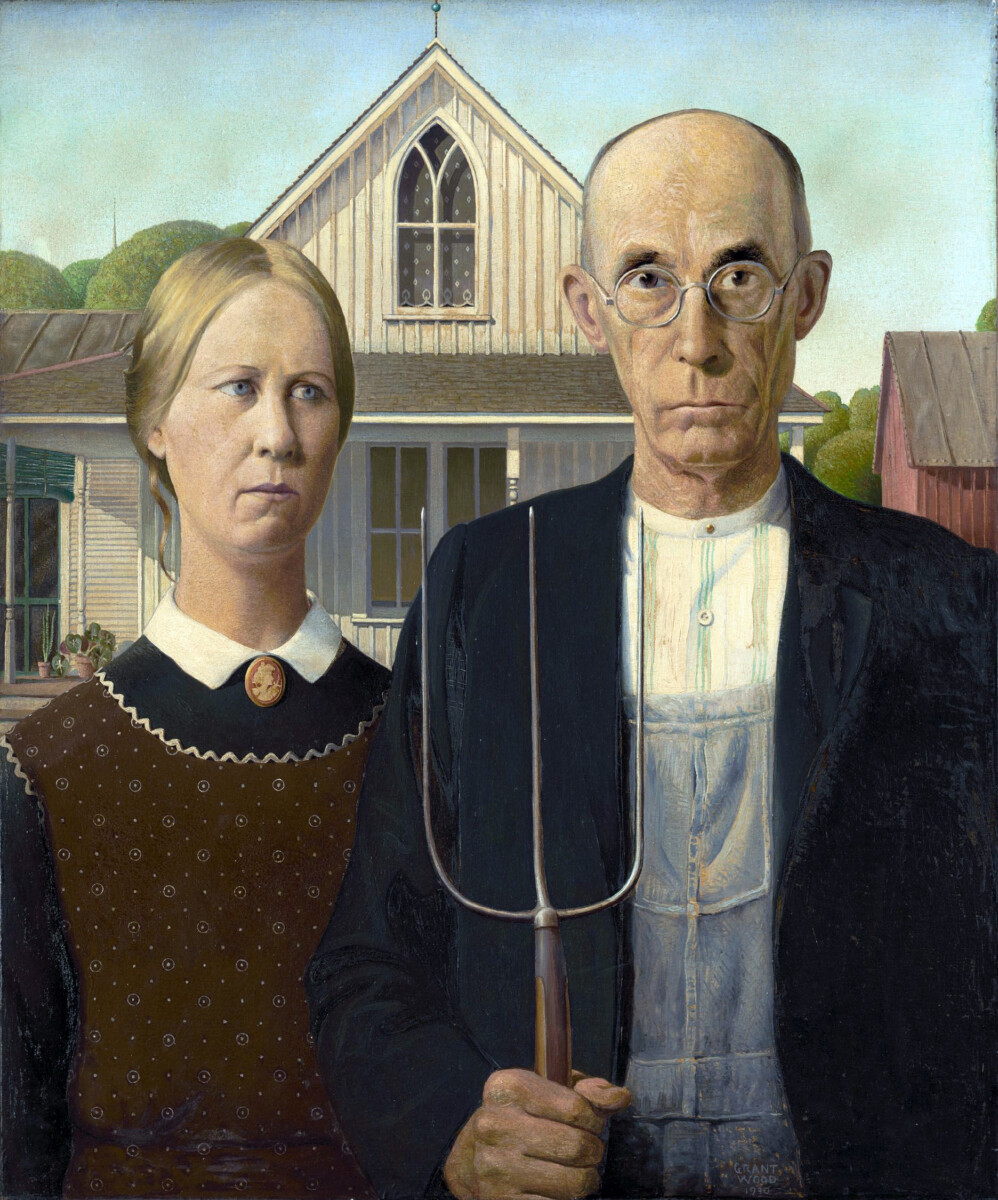The Joker’s Clapping in “The Dark Knight”

When Heath Ledger’s Joker sarcastically claps in his cell as Commissioner Gordon is promoted, it wasn’t in the script. Ledger simply started clapping, staying in character in a way that sent chills down the spine of cast and crew alike. Director Christopher Nolan decided to keep this haunting gesture in the movie because it captured the Joker’s unpredictability. The moment is now one of the most memorable in the film, highlighting Ledger’s total commitment to the role. According to interviews with Nolan, this unscripted clap was “so powerful it couldn’t be ignored.” The spontaneous nature of the scene made it feel even more real and unsettling for audiences. Fans still discuss this improvised moment as a perfect example of how unpredictability can create cinematic magic.
“I’m Walking Here!” from “Midnight Cowboy”

Dustin Hoffman’s frustrated shout, “I’m walking here!” as a taxi nearly hits him, is legendary. According to Hoffman and director John Schlesinger, the script never called for that outburst. The taxi really did ignore the set barriers and nearly ran over Hoffman. The actor stayed in character, slamming his hand on the hood and delivering the now-iconic line. It’s become one of the most quoted lines in movie history, illustrating how real-life interruptions can add authenticity to a scene. “That’s just what you do in New York,” Hoffman later explained in interviews. The raw, unscripted moment helped earn the film its gritty reputation. The American Film Institute even included the line in its list of the top 100 movie quotes.
Bill Murray’s Whisper in “Lost in Translation”

In the final scene of “Lost in Translation,” Bill Murray whispers something inaudible into Scarlett Johansson’s ear. Director Sofia Coppola gave Murray creative freedom, and what he said was never scripted or revealed, even to Johansson. This improvisation added an air of mystery and authenticity that resonated with viewers. According to Coppola, “It felt more real that way.” The scene’s ambiguity became a pop culture mystery, with fans endlessly speculating on what was actually said. Critics have praised the moment for its vulnerability and honesty. The improvisation made the ending feel personal, almost like a secret shared between friends. This scene has been discussed in film classes and forums for years due to its genuine spontaneity.
Leonardo DiCaprio’s Bleeding Hand in “Django Unchained”

During a tense dinner scene in Quentin Tarantino’s “Django Unchained,” Leonardo DiCaprio’s character slams his hand on the table and cuts himself on broken glass. The blood is real—DiCaprio accidentally injured himself but kept acting. Tarantino was so impressed by DiCaprio’s dedication and the visceral energy it brought, he left the take in the final cut. Crew members revealed that DiCaprio’s hand actually required stitches after filming. The shock on his co-stars’ faces was genuine, adding another layer of intensity to the scene. Jamie Foxx later said in interviews that “everyone was just in awe” of DiCaprio’s commitment. This unscripted accident made the dinner scene unforgettable, elevating the tension to new heights.
Richard Gere’s Jewelry Box Prank in “Pretty Woman”

The famous scene where Richard Gere snaps a jewelry box shut on Julia Roberts’ fingers was never meant to happen. Gere decided to surprise Roberts, who was about to examine the necklace. Her genuine laughter was so infectious that director Garry Marshall kept it in the film. Roberts’ spontaneous reaction became one of the movie’s most beloved moments. Marshall later said that the laughter “showed the real chemistry between them.” The scene has been endlessly replayed in clips and retrospectives, cited as an example of how improvisation can reveal true character dynamics. Studio executives originally thought the moment might not fit, but audiences loved it, cementing its place in romantic comedy history.
The Chest-Thumping Song in “The Wolf of Wall Street”

Matthew McConaughey’s rhythmic chest-thumping and humming during a restaurant scene with Leonardo DiCaprio was completely improvised. McConaughey often used the chant as a relaxation technique before takes. DiCaprio, recognizing its energy, encouraged McConaughey to do it on camera. Director Martin Scorsese loved the spontaneity and kept the unusual moment in the final cut. The scene quickly became iconic, spawning memes and parodies across the internet. In recent interviews, McConaughey explained that the impromptu chant helped convey his character’s quirks. The improvisation also gave DiCaprio’s character a unique moment of confusion and awe. The scene has since been cited in film studies as an example of creative freedom on set.
“Here’s Looking at You, Kid” in “Casablanca”

Humphrey Bogart’s line, “Here’s looking at you, kid,” from the 1942 classic “Casablanca” was not in the original script. Bogart used the phrase off-camera with Ingrid Bergman, and director Michael Curtiz decided to include it. The line became one of the most famous in movie history, capturing the bittersweet romance of the film. According to film historians, Bogart’s natural delivery helped make the moment so enduring. The American Film Institute ranks it as one of the greatest movie quotes of all time. The improvisation gave the scene a personal touch, making it feel genuine rather than scripted. The romance between Rick and Ilsa feels more real because of these unscripted moments.
Steve Carell’s Chest-Waxing in “The 40-Year-Old Virgin”

Steve Carell’s chest-waxing scene was as real as it gets. Carell insisted on actually getting waxed, and the camera captured his unrehearsed, hilarious agony. His screams and expletive-laden outbursts were completely unexpected, both for him and his co-stars. Co-star Paul Rudd later said that “none of us could keep a straight face.” The director, Judd Apatow, let the cameras roll, catching genuine reactions from everyone in the room. The authenticity of the pain and shock made the scene a comedic highlight. The improvisation led to one of the most memorable and cringe-worthy moments in modern comedy.
Robin Williams’ Genie in “Aladdin”

Robin Williams’ performance as the Genie in Disney’s “Aladdin” was largely improvised. Williams recorded hours of unscripted material, riffing on pop culture and telling jokes that weren’t in the script. Animators later chose the best bits and matched the Genie’s mouth to Williams’ improvised lines. Directors Ron Clements and John Musker have said that “the movie wouldn’t be the same without Robin just going wild in the booth.” Williams’ freewheeling creativity gave the Genie his unforgettable charm. The improvisation also set a new standard for animated films, encouraging future actors to bring their own flair. Genie’s energy and humor remain a high point in animated movie history.
Robert De Niro’s “You Talkin’ to Me?” in “Taxi Driver”

Robert De Niro’s menacing “You talkin’ to me?” was never in the script. Director Martin Scorsese told De Niro to “play around” with the scene, and De Niro improvised the now-iconic line in front of a mirror. The line’s unscripted delivery created a chilling, memorable moment that captured the character’s descent into madness. According to interviews, De Niro drew inspiration from actual street encounters in New York. The American Film Institute also lists this moment among the top movie quotes of all time. Critics have called the improvisation “pure cinema,” showcasing De Niro’s intense focus. The scene is studied by actors for how improvisation can reveal a character’s psyche.
Tom Hanks’ “I’m Not a Smart Man, But I Know What Love Is” in “Forrest Gump”

Tom Hanks improvised the heartfelt line, “I’m not a smart man, but I know what love is,” during a crucial conversation with Jenny. The original script called for a different response, but Hanks felt his line better fit Forrest’s character. Director Robert Zemeckis agreed and kept the moment in the film. The line is now quoted by fans worldwide, often cited as the emotional core of the movie. Hanks’ improvisation brought a vulnerability to Forrest that resonated deeply with audiences. The scene is referenced in studies about how unscripted moments can create lasting emotional impact. Hanks’ choice added depth and humanity, making the love story unforgettable.






